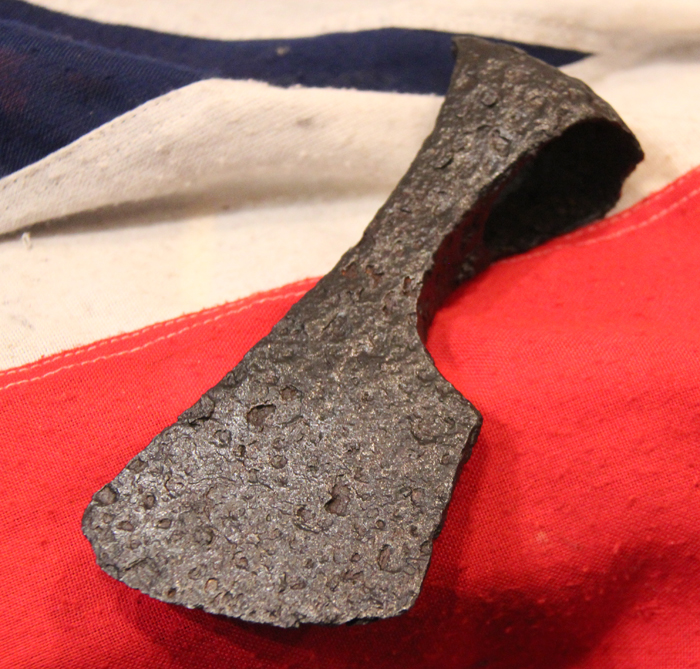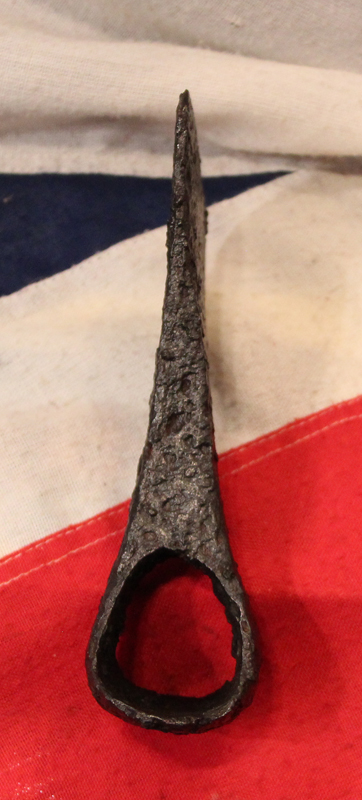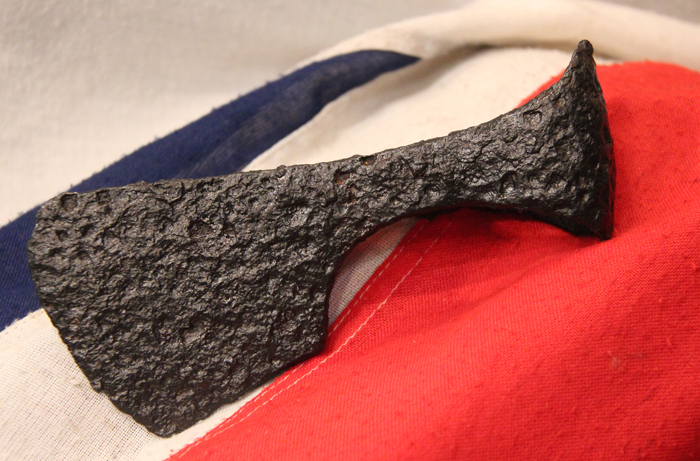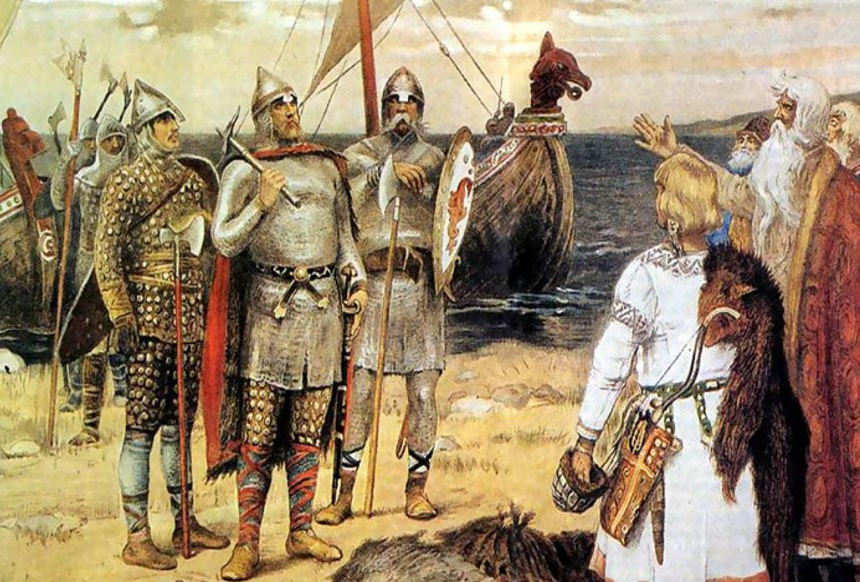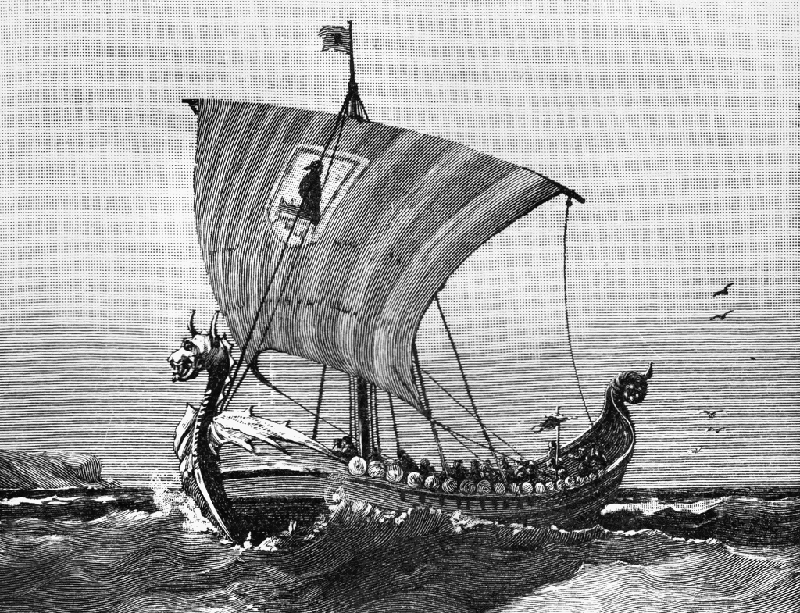A Superb, Heavy Grade, Original Viking 'Bearded' Battle Axe, Around 1000 Years Old. Almost Every Viking Warrior Used the Axe or Spear As Their Main & Primary Combat Weapon. Swords Were the Prerogative of Kings and Earls {Jarls}
Viking battle axehead 9th-12th century AD.
An iron axehead with triangular socket, narrow blade with curved edge with beard section.
One of the most famous Viking axes is Hel (named after the Norse death goddess), which belonged to King Magnus of Norway and Denmark. He is said to have inherited the weapon from his father, Olav Haraldsson of Norway, whose ax features prominently in Norway’s national coat of arms. Some Viking axes if they were wielded by a particularly strong and a skilled warrior could even cut through chainmail and helmets.
When King Magnus’s poet credited the king with being able to split heads like firewood, he wasn’t necessarily being hyperbolic. Writing about the pre-Viking Franks and their use of throwing axes, the Francisca, Procopius makes it clear that the Franks threw their axes immediately before hand to hand combat with the purpose of breaking shields and disrupting the enemy line while possibly wounding or killing an enemy warrior. The weight of the head and length of the haft would allow the axe to be thrown with considerable momentum to an effective range of about 12 m (40 ft). Even if the edge of the blade were not to strike the target, the weight of the iron head could cause injury. The francisca also had a psychological effect, in that, on the throwing of the francisca, the enemy might turn and run in the fear that another volley was coming. It is most logical that the Vikings may well have adopted this system of axe throwing combat from the earlier Franks, as it seemed most effective in numerous combat arenas.
6 3/4 inches across
Almost every iron weapon, sword, axe, spear, or helmet, that has survived till today, from this ancient era is now in a fully russetted surface condition, as is this one, because only the very few swords of ancient kings, that have been preserved in national or Royal collections, are today still in a fair state of preservation and with smooth surface condition.
Code: 22080
895.00 GBP


